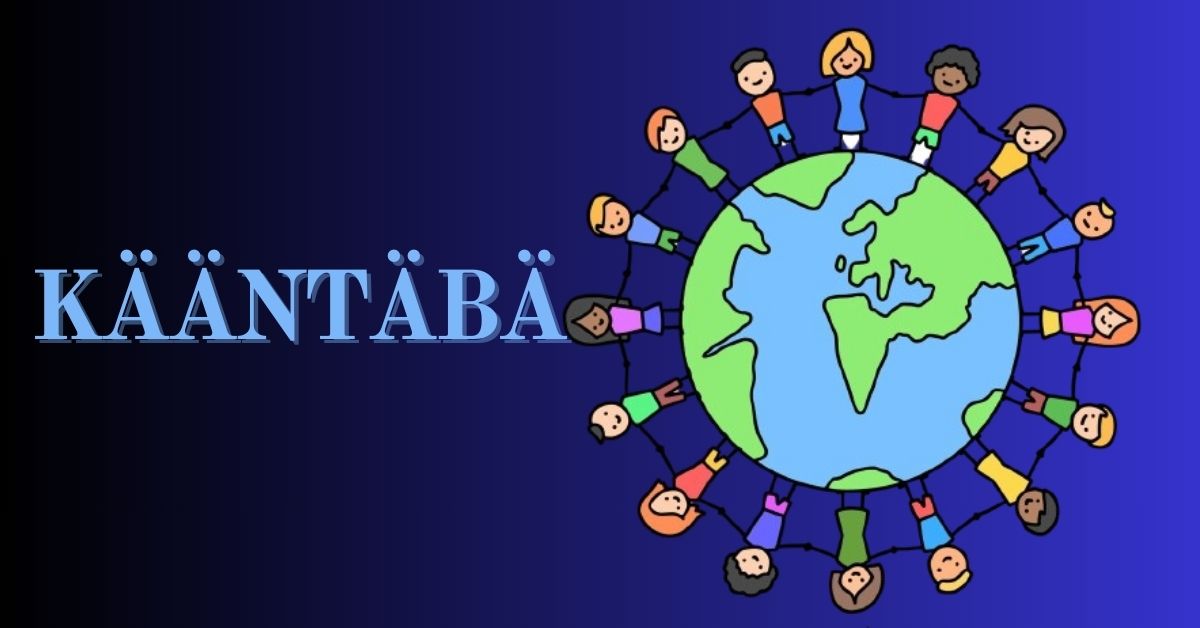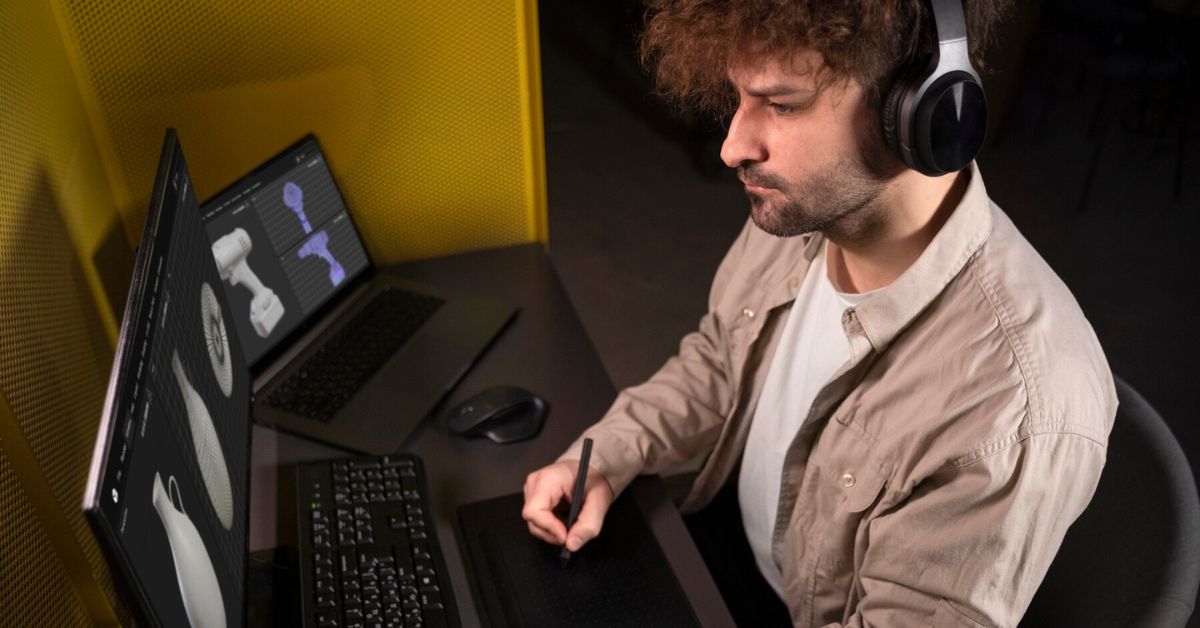Welcome to the intriguing world of Kääntäbä, where language transcends mere words and becomes a vibrant thread woven into the rich tapestry of Finnish culture. As we embark on this journey, you’ll discover how the art of translation shapes identities, fosters connections, and bridges gaps between diverse communities. With its unique blend of history and modernity, Kääntäbä is not just about converting text; it’s about preserving meaning and essence across languages. Dive in as we unveil the nuances behind this fascinating practice that stands at the crossroads of art and science!
Kääntäbä Unveiled: The Art and Science of Finnish Translation
Kääntäbä encapsulates the delicate balance between artistry and precision in Finnish translation. It involves not only converting words but also capturing cultural context, idioms, and emotions that give life to language.
Translators become cultural ambassadors, fostering understanding while honoring the original text’s essence. Each translated piece is a reflection of both linguistic skill and artistic flair, making Kääntäbä a vital part of Finland’s literary landscape. This craft flourishes by embracing the unique characteristics of Finnish culture while adapting to global influences.
Kääntäbä is more than just a word; it embodies the essence of Finnish translation. As Finland continues to embrace its rich linguistic heritage, understanding Kääntäbä becomes crucial for anyone interested in language and culture.
In this blog, we will explore the layers behind Kääntäbä. From its origins to its impact on modern communication, there’s much to uncover about this fascinating concept that bridges gaps between languages and cultures. Join us on this journey through the art and science of Finnish translation.
YOU MIGHT ALSO LIKE: Unlocking the Power of Käntäj
The Origins of Kääntäbä
Kääntäbä, derived from the Finnish word for “translator,” has deep roots in Finland’s history. Its origins trace back to a time when communication across languages was essential for trade and diplomacy.
During the Swedish rule, translation became a vital tool for bridging cultural gaps. As Finnish identity began to flourish in the 19th century, Kääntäbä emerged as a symbol of linguistic pride and preservation. This foundation laid the groundwork for modern translation practices that celebrate both language and culture today.
The Role of Kääntäbä in Finnish Culture
Kääntäbä plays a crucial role in Finnish culture, bridging language gaps and fostering understanding. It serves as a vital tool for communication among diverse communities, ensuring everyone can connect through shared stories and experiences.
Additionally, Kääntäbä enriches the literary landscape of Finland. By translating works from various languages into Finnish, it introduces new ideas and perspectives. This not only broadens cultural horizons but also encourages dialogue among different generations and backgrounds within the country.
The Art and Nuance of Translation in Finnish Culture
Translation in Finnish culture transcends mere word-for-word conversion. It involves capturing the essence, tone, and emotional weight of a message. This delicate balance requires not just linguistic skill but also a deep understanding of cultural context.
Finnish is rich with idioms and expressions that often don’t have direct equivalents in other languages. A skilled translator navigates these nuances, ensuring that the translation resonates authentically with the audience while preserving the original’s integrity. It’s an intricate dance between language and culture that defines Kääntäbä’s artistry.
The Rise of Machine Translation: A Partner, Not a Replacement
Machine translation has rapidly evolved, becoming a valuable tool for linguists and businesses alike. With advancements in artificial intelligence and natural language processing, translations are faster than ever before.
However, it’s essential to remember that machine translation cannot fully replace human translators. The subtleties of language, cultural context, and emotional tone require a nuanced understanding that only skilled professionals possess. Instead of viewing machines as competitors, we should embrace them as partners in the art of kääntäbä.
The Future of Kääntäbä
The future of kääntäbä is bright, as it continues to evolve in response to technological advancements and cultural shifts. With a growing demand for multilingual communication, Finnish translators are adapting their skills to meet the needs of diverse audiences.
As machine translation tools become more sophisticated, human translators will focus on enhancing the emotional and contextual aspects of language. This collaboration between technology and artistry promises to enrich Finland’s cultural landscape while preserving its unique linguistic heritage.
Decoding ‘Kääntäbä’: A Linguistic Journey
Decoding “Kääntäbä” reveals more than just words. It reflects the intricate relationship between language and identity in Finland. Each translation embodies cultural nuances, histories, and emotions that resonate deeply with speakers.
As a linguistic journey, Kääntäbä invites exploration of not only vocabulary but also context and meaning. Understanding this term opens doors to appreciation for the diverse voices within Finnish society. Every translation becomes an adventure, unearthing layers of connection among people who share a unique heritage.
Understanding “Kääntäbä”: A Symbol of Cultural Unity and Diversity
“Kääntäbä” transcends mere translation; it embodies the rich tapestry of Finnish culture. It serves as a bridge, connecting diverse linguistic backgrounds and allowing for meaningful exchanges among communities.
This term characterizes Finland’s commitment to inclusivity. Through “Kääntäbä,” different voices are heard and valued, fostering unity amidst diversity. This cultural phenomenon invites everyone to embrace their unique identities while celebrating shared experiences that bring people together across various languages and traditions.
Kääntäbä Transformation and Reinvention In 2024
As we step into 2024, Kääntäbä stands at the forefront of transformation in Finnish translation. The fusion of traditional methods with innovative practices is reshaping how language is approached and understood.
New technologies are empowering translators to enhance their craft while retaining cultural integrity. This year promises a wave of fresh perspectives, making Kääntäbä an emblematic force that bridges gaps between languages, cultures, and communities across Finland. Embracing change will only further enrich this vital art form.
Embracing Diversity: How “Kääntäbä” Promotes Cultural Exchange in Finland
Kääntäbä serves as a bridge connecting diverse communities in Finland, fostering understanding and collaboration. By facilitating the exchange of ideas through translation, it highlights the richness of various cultures.
This vibrant practice encourages people to share their stories and traditions. As languages intertwine, they create a tapestry that celebrates both unity and individuality. Kääntäbä not only enriches personal experiences but also strengthens societal bonds across different backgrounds, making cultural exchange an integral part of Finnish identity.
Conclusion
Kääntäbä embodies much more than just translation; it reflects the spirit of Finnish culture. As language evolves, so do the practices surrounding it, fostering a deeper connection among diverse communities.
The importance of understanding and embracing Kääntäbä cannot be overstated. It serves as a bridge between traditions and modernity, ensuring that cultural narratives continue to thrive in an interconnected world. The journey of Kääntäbä is one worth exploring for everyone passionate about language and culture.
FAQS
What does “kääntäbä” mean?
Kääntäbä translates to “translator” in Finnish, embodying the essence of language conversion and cultural exchange.
Why is kääntäbä important in Finland?
Kääntäbä highlights the importance of communication across languages, fostering understanding and unity within diverse communities.
How has technology influenced kääntäbä practices?
Machine translation tools have enhanced efficiency but can’t fully replace the nuance that human translators bring to their work.
Is there a demand for kääntäbä professionals today?
Yes, with globalization growing rapidly, skilled kääntäbä professionals are increasingly sought after for accurate translations.
Where can I learn more about becoming a kääntejä (translator)?
Many universities offer programs in translation studies or linguistics. Online platforms also provide courses tailored to aspiring translators.
FOR MORE AND BETTER INFORMATION: CLICK HERE





